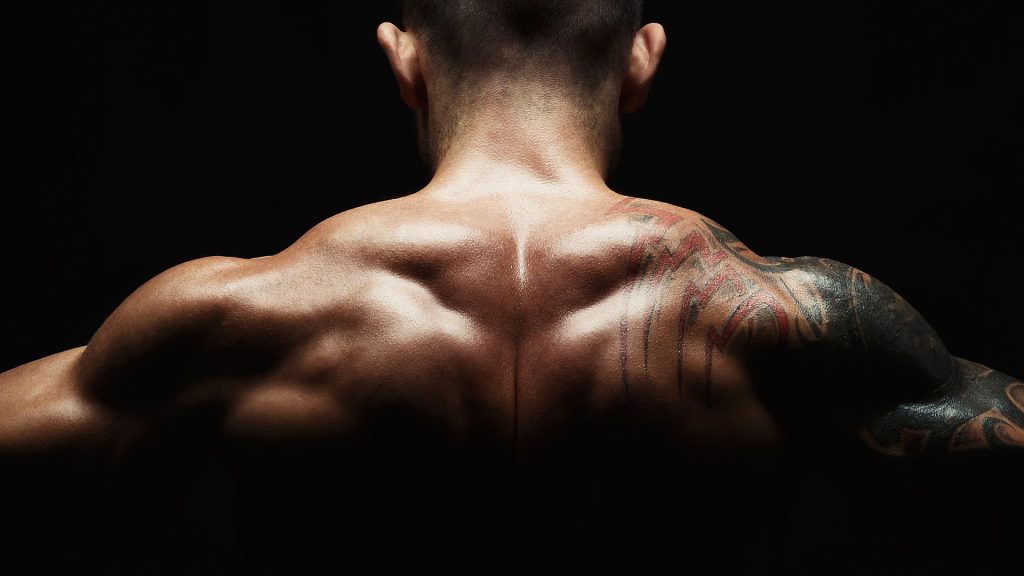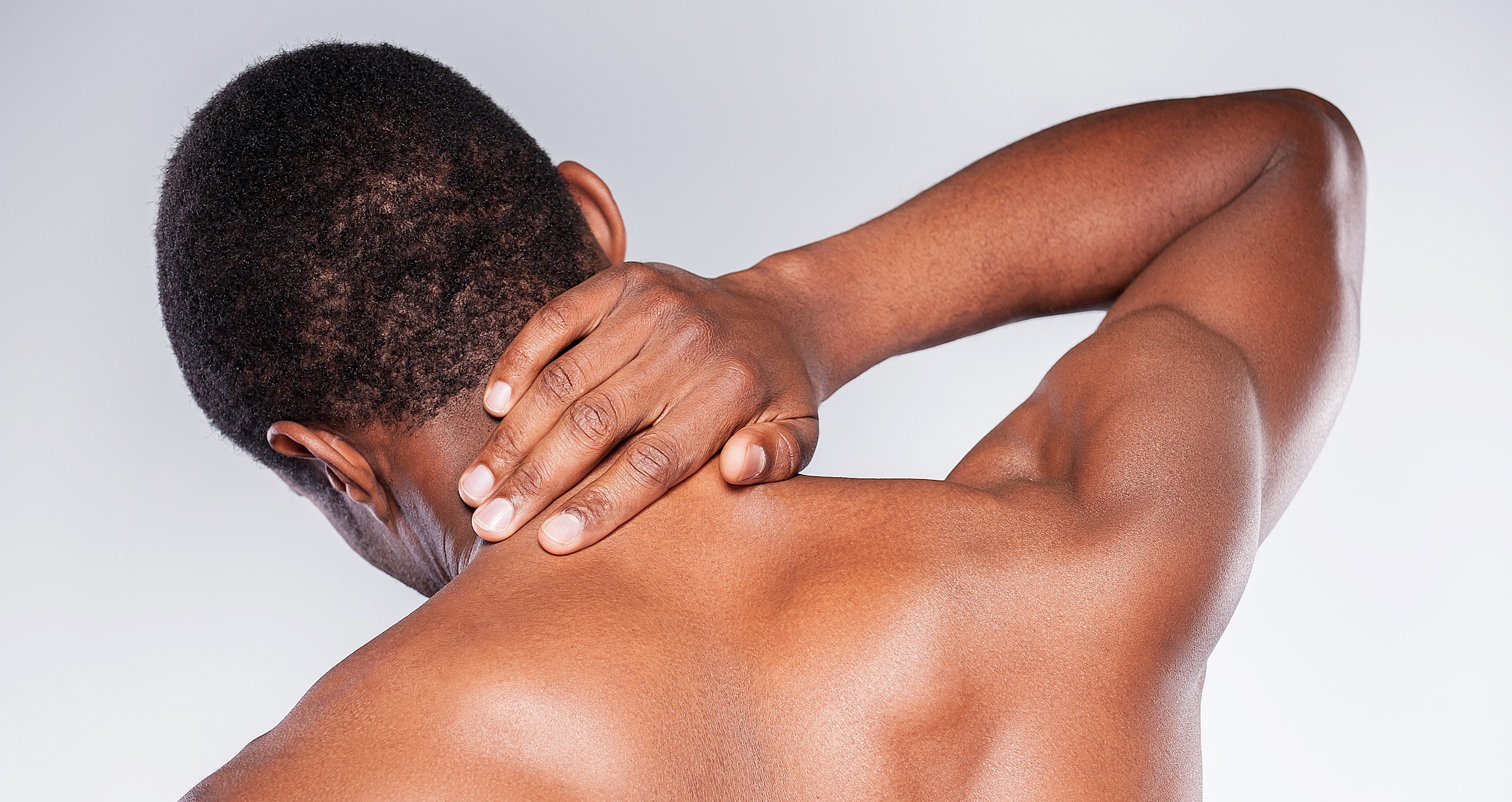Don’t underestimate training your neck
One of the top muscles that gets forgotten when training is the neck, but in all honesty, having a thick neck can make you appear much larger than you actually are. But aside from looking like a professional football player, having a thick neck is an indication that you have been putting some work in in the gym. A thick neck and some crazy big traps will have you looking like a comic book character.
However, having a thick neck is not all about looks, but also functionality and even safety. Think about it, the average human head weighs over eight pounds, it moves in multiple directions, and protects our brain, which for most people is the most important part of their body. That being said, having a thick and strong neck can help you stay safe.
You may think that you can hit the neck with exercises such as shrugs and deadlifts, and you are not wrong, but isolating the neck to really target it will provide a great finishing touch to a powerful physique. Not to mention it will also help support good head position and better posture, which could improve overall quality of life.
The Anatomy of the Muscles
The neck is more than just your traps, it is actually made of multiple muscles that support head position, posture, and breathing. Let’s take a look.
- Trapezius: The traps are large, flat, triangular muscles that make up the back of the neck and the upper back. They start from the external occipital protuberance (also known as the back of the skull parallel to the upper jaw) and the ligamentum nuchae. They have multiple insertion points, with the main movements of the traps being lateral flexion, contralateral rotation of the head and extension of the head.
- Levator scapulae: The next part of the neck is the levator scapulae, which is a long slender superficial muscle on each lateral side of the neck. It starts from the C1-C4 of the cervical (neck) spine and inserts on the medial border of the scapula. The Levator scapulae are responsible for the elevation and retraction of the shoulder blades, as well as extending and laterally flexing the neck.
- Sternocleidomastoid: The sternocleidomastoid is a large two-headed muscle on each side of the neck, with one head stemming from the medial third of the clavicle, and the other sprouting from the manubrium of the sternum and inserts onto the mastoid process of the temporal bone. The Sternocleidomastoid is responsible for unilateral lateral flexion of the neck on the same muscle side and lateral rotation of the head on the opposite side.
- Scalene: Last on the list of neck muscles are the scalene muscles, which are three paired muscles on the anterior, middle, and posterior of the lateral neck. They come from the vertebrae C3-C6 and insert onto the scalene tubercle and superior border of the first rib. The scalene muscles act as accessory muscles for breathing (a necessary functions) and assist in all movements of the head.
Benefits of Neck Training
Now, as stated above a thick neck is great for building your physique, but also for functionality. Let’s look at four reasons to include direct neck training in your programming.
- Reduces Neck Tightness: When training the neck with exercises that are performed well and with a full range of motion, you may notice a release in neck tension, tightness, stiffness, and even some improved flexibility.
- Breathing Improvements: The scalene muscles and sternocleidomastoid muscles contract and relax to assist in breathing which becomes more important during high-intensity exercise, as well as just getting through the day.
- Improves Heavy Compounds: The upper traps are an important part of the upper back which, when engaged, will help you get through heavy compounds like the squat and deadlift with good form.
- Injury Prevention: If you’re an athlete involved in an impact sport, then training the neck should absolutely be part of the routine. The neck supports the head and what’s in it, meaning your brain, eyes, and other important organs, so training the neck to be stronger can be greatly beneficial for injury prevention amongst contact sport athletes.
Top 3 Neck Exercises
Let’s take a look at the top 3 neck exercises for building a big and strong neck.
Shrug Variation
There are plenty of different shrugs that you can do in order to build up the traps and neck. Our favorite are dumbbell shrugs, which are easy and convenient to do.
Muscles trained: Forearms, deltoids, and traps
What it helps: Better muscle development because each side is working unilaterally and it with strengthen your grip.
How to do it: Gripping a dumbbell in each hand with your shoulders down, keep your chin tucked into your chest. With the dumbbells in hand, elevate your upper traps towards your ears as high as you can and pause for a second. From there, slowly lower your shoulders down to the hang position. Repeat.
Prone Weighted Neck Extension
This might not be an exercise that you have heard of, but it focuses on the smaller muscles. The prone weighted neck extension is an effective exercise for strengthening the neck muscles and is easy to do, and you do not have to go over the top with weight. Lower weight with higher reps and good mind-muscle connection is ideal.
What it helps: Training and strengthening the smaller muscles of the neck allows the bigger muscle of the traps to do their job better, and this is crucial if you’re a collision athlete.
How and when to do it: You want to lie prone on a bench with your head off the end with a folded towel and weight plate on the floor. Pick up the towel and weight plate, gripping it in both hands. Put the towel between your head and the plate, then hyperextend your neck up in a full range of motion, you should not have pain during this. Pause and then slowly return slowly lower until your chin touches your upper chest. This is not necessarily something to go all out on, and may best be performed for one or two sets for reps of 15 to 20 as part of your warmup.
Stability Ball Neck Bridge
This exercise may turn some heads in the gym, but the stability neck bridge is a step up from the classic neck bridge, and it certainly will help build your neck. If you never have done any type of neck bridges, do the regular ones first to get a feel. This stability ball variation of the neck bridge requires more stabilization and trains the entire posterior chain to work together due to the glutes and spinal erectors being needed to hold up the bridge.
What it helps: The use of the stability ball helps to train more stabilizing muscles while helping to build and strengthen the neck without weight.
How and when to do it: Grab a stability ball and sit upright on it, and then walk your feet out until the back of your head is on the ball. Squeeze your glutes so your body is in a straight line from head to knee. Tuck your chin to your chest and slowly roll your head back until the back of your head is on the ball and your neck is in extension. Return to the starting position and repeat.
Wrap Up
Overall, training the neck is something that everyone should focus on. It not only improves your overall physique, but also the functionality. That being said, do you agree with our list of the best exercises for your neck?
Also, be sure to follow Generation Iron on Facebook, Twitter, and Instagram.









